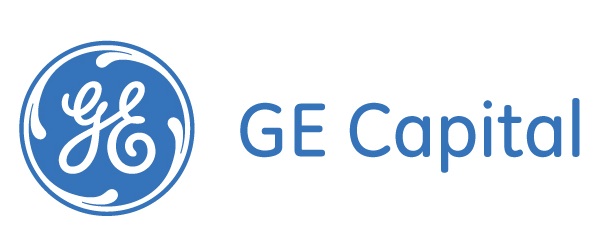For decades, General Electric was happy to reap the enormous profits that arose from its finance arm as it swelled into one of the country’s biggest lenders.
GE will beign by selling $26.5 billion worth of real estate assets, G.E. is hastening to return to its roots as one of the mightiest industrial companies in the world, whose operations include jet engines, oil drilling equipment and medical devices. What it will mostly shed is GE Capital, a lender with hundreds of billions of dollars’ worth of assets.
The move announced Friday reflects the shifting landscape of the financial world, especially for the largest players. They face greater regulatory scrutiny and calls from analysts and investors to slim their operations or break up. Some are shifting their focus to areas like wealth management as traditional activities like trading prove less profitable. It is no surprise that G.E. decided to re-evaluate its role in this ecosystem.
The divestiture campaign, code-named Hubble within G.E. and put together in about six weeks, will erase one of the main legacies of the conglomerate’s vaunted former chief executive, John F. Welch Jr. But it is also a recognition that manufacturing, not finance, represents the company’s future.
“We’re not sentimentalists,” Jeffrey R. Immelt, the multinational’s current chairman and chief executive, said in an interview.
G.E.’s expansive campaign will bring other changes as well. In shrinking its far-flung empire, the company will also bring back $36 billion in cash that now resides overseas, taking a $6 billion tax hit in the process. And it will also press to relieve itself from the burdens of being considered a too-big-to-fail lender, a status that brings stricter regulatory requirements.
The wide range of asset sales will help finance a huge return of money to shareholders, which G.E. estimates will eventually reach $90 billion. About $50 billion will come from a stock repurchase, one of the biggest on record.
For years, the financial tilt looked smart and relatively easy. In an interview in 2010, Jeffrey Immelt recalled, if a deal looked like a moneymaker, it got the nod. “And you don’t have to build a factory,” he said.
Yet the big bet on finance badly wounded G.E. after Lehman’s demise, when the market upheaval left the conglomerate hard-pressed to borrow debt for its day-to-day operations.

